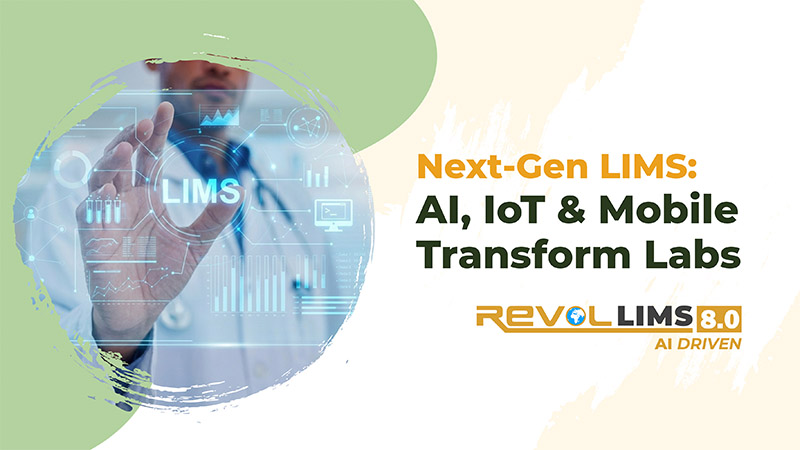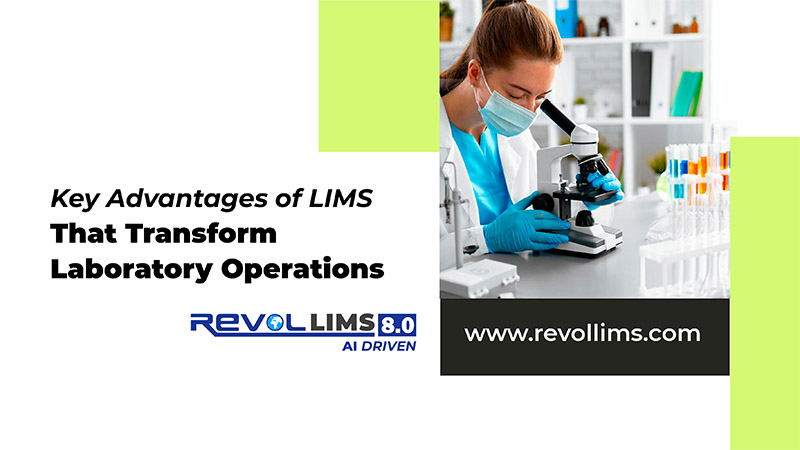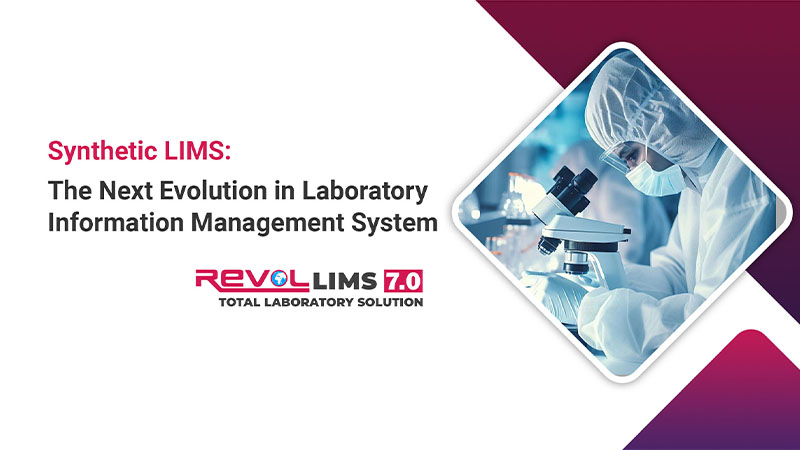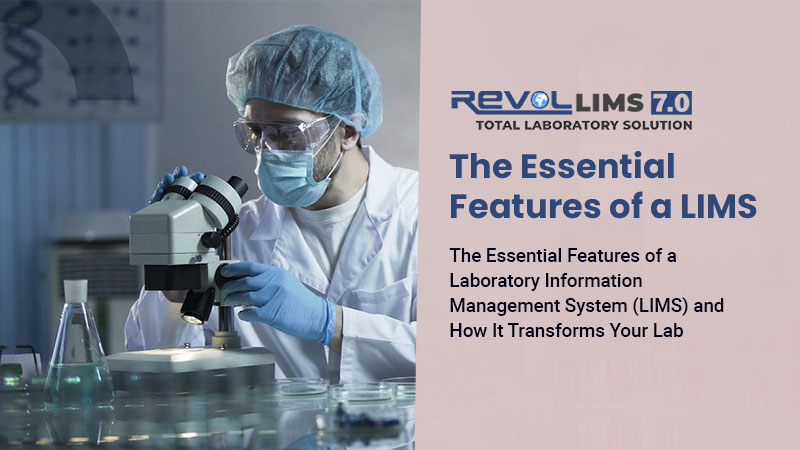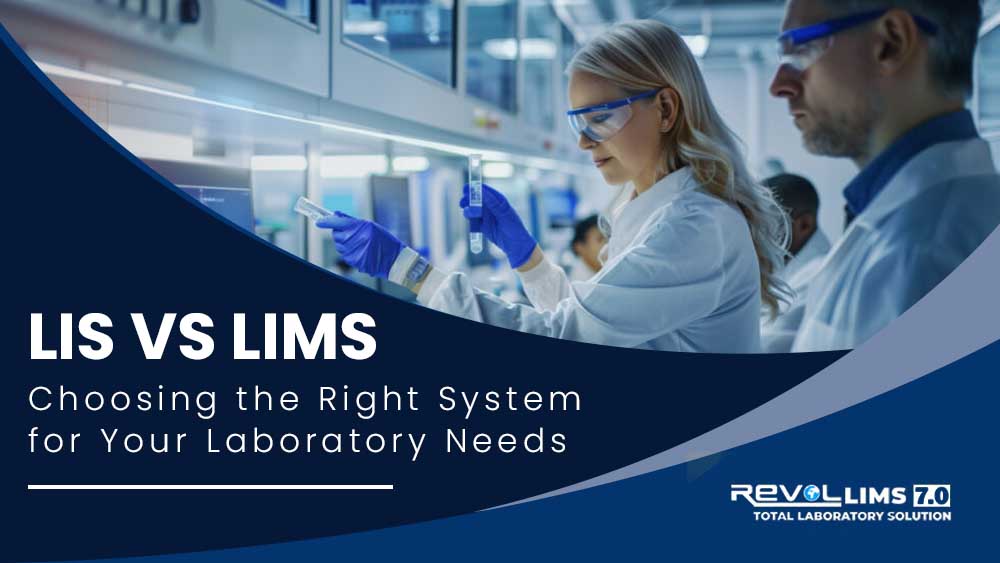
Introduction
The rise of decentralized clinical trials (DCTs) is transforming drug development, enabling remote patient monitoring, virtual visits, and real-time data collection. However, managing lab data across multiple locations introduces challenges—data silos, compliance risks, and workflow inefficiencies.
A cloud-native Laboratory Information Management System (LIMS), is critical for DCT success. Here’s why.
The Shift to Decentralized Clinical Trials
Decentralized Clinical Trials leverage technologies like mobile apps, wearable devices, home sampling, and telehealth to bring trials closer to patients. This model reduces site visits, improves enrolment, and enhances patient compliance. However, it also introduces a new set of challenges:
- Multi-location sample handling
- Increased data volume and complexity
- Need for real-time collaboration
- Heightened regulatory scrutiny
A legacy or on-premise LIMS cannot handle these demands with the required agility. That’s where cloud-native solutions step in.
What Is a Cloud-Native LIMS?
Unlike traditional LIMS that are deployed on-site or hosted in the cloud, a cloud-native LIMS is built from the ground up to run on cloud infrastructure. This means it leverages microservices architecture, containerization, auto-scaling, and secure APIs to deliver unmatched flexibility and performance.
1. Seamless Remote Data Access & Collaboration
Challenge: Traditional on-premise LIMS restrict access to lab-bound teams, creating delays in multi-site trials. DCTs require real-time data sharing between CROs, sponsors, and remote labs.
Solution: Cloud-based access allows researchers, CROs, and regulators to securely view and update data from anywhere. Role-based permissions ensure compliance while enabling collaboration.
2. Real-Time Data Integration from Multiple Sources
Challenge: DCTs collect data from wearables, ePRO (electronic patient-reported outcomes), and local labs leading to fragmented datasets.
Solution: API-driven integrations with EHRs, wearables, and eClinical systems. Automated data aggregation reduces manual errors and accelerates analysis.
3. Enhanced Compliance & Audit Readiness
Challenge: DCTs must comply with FDA 21 CFR Part 11, GDPR, and HIPAA, but decentralized operations increase audit risks.
Solution: Built-in e-signatures, audit trails, and version control ensure traceability. Automated compliance checks flag discrepancies before audits.
4. Scalability for Hybrid & Global Trials
Challenge: Trials often scale from pilot phases to multi-country studies, requiring flexible LIMS infrastructure.
Solution: Elastic cloud architecture scales with trial demands—no costly hardware upgrades. Multi-language/regional support simplifies global deployments.
5. AI & Predictive Analytics for Faster Insights
Trend: AI is being used to predict patient dropouts, optimize sampling, and detect anomalies in DCTs.
Advantage: Machine learning modules analyze trends across decentralized sites. Risk-based monitoring (RBM) reduces on-site visits by prioritizing high-risk data.
Benefits of Cloud-Native LIMS for DCTs
1. Real-Time Data Accessibility
In DCTs, data is collected from remote sites, patient homes, and mobile devices. A cloud-native LIMS allows centralized access to this data in real time — enabling labs, CROs, and sponsors to make timely decisions.
2. Scalability Without Boundaries
Clinical trials may expand rapidly across regions and geographies. A cloud-native system automatically scales resources based on trial volume — no manual server upgrades or downtime needed.
3. Faster Setup and Deployment
With cloud-native architecture, labs can onboard new sites, users, or workflows in days instead of months. This is critical for trials that need to adapt quickly to changing protocols or geographies.
4. Data Integrity and Security
Modern cloud-native LIMS offer robust security frameworks including:
- Role-based access controls (RBAC)
- End-to-end encryption
- Audit trails
- Compliance with HIPAA, GDPR, and 21 CFR Part 11
These ensure that patient and trial data remains secure and compliant throughout the trial lifecycle.
5. Interoperability with Wearables and EHRs
Cloud-native platforms easily integrate with wearable devices, mobile apps, and Electronic Health Records (EHRs). This allows seamless data flow between patients, labs, and investigators — a core requirement for DCTs.
6. Remote Collaboration and Oversight
Study coordinators, lab analysts, and sponsors can collaborate from anywhere — reviewing results, triggering workflows, and managing quality across decentralized trial networks.
Conclusion: The Future of DCTs Runs on Cloud-Native LIMS
Decentralized trials demand agility, compliance, and real-time data unity—something only a cloud-native LIMS can deliver. By eliminating silos, ensuring compliance, and enabling AI-driven insights.
